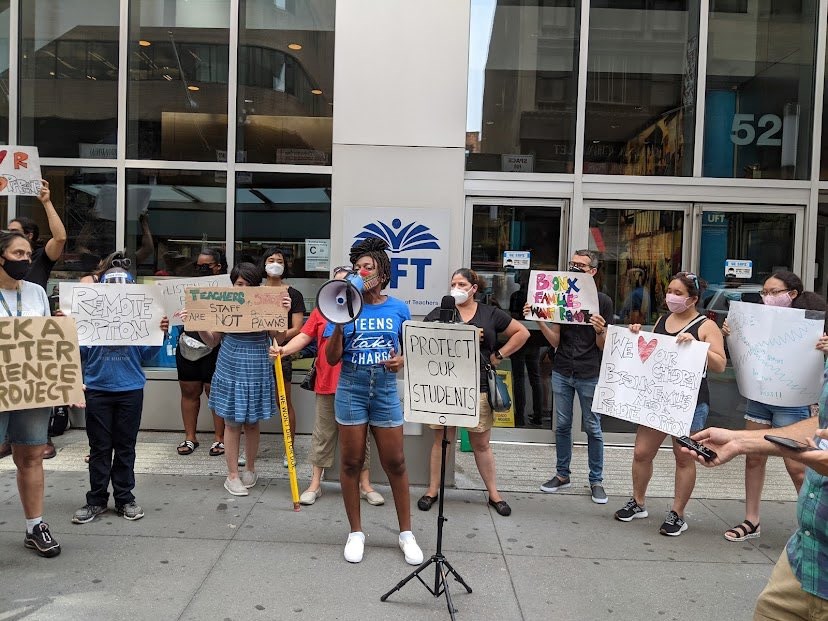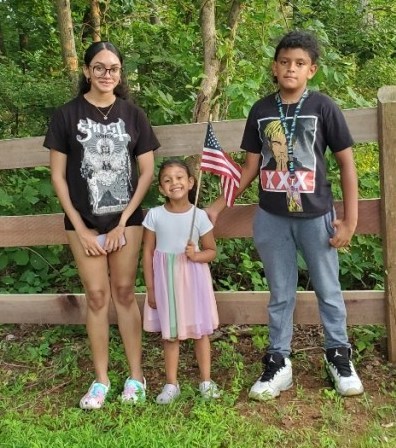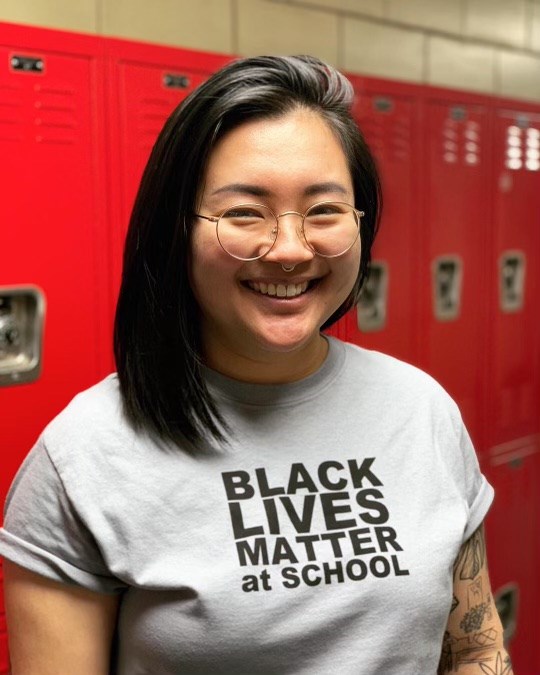This article is the first in a two-part series looking into NYC public schools reopening amidst the coronavirus. The next installment will discuss the reopening with experts in the field.
On September 13, all 564 Brooklyn public schools will return to full-time, in-class instruction, without a mainstream remote option.
The decision is part of Mayor Bill de Blasio's plan to help New York City recover from the pandemic.
De Blasio said his motivation to open all NYC public schools amidst the still-raging pandemic was the to assist in the city's economic recovery by sending parents back to work. Also, he hopes the decision will help make up for the educational setback all NYC children have experienced, adding The Department of Education will take numerous precautions to keep students and staffers safe.
However, a rise in coronavirus cases across the city over the past two months due to the Delta variant and lagging vaccine rates has some families and educators wondering if de Blasio?s school reopening plan is safe enough.
Last year, over half of the city's public school families opted for full-time, remote learning. The DOE remains optimistic about fully reopening, because last year in the in-person public schools virus transmission remained relatively low.
Rehana Mitchell, an East New York parent, said she has concerns about the ability to social distance, since classrooms will be operating at maximum capacity.
"I'm a single mom of four kids, so remote learning was very difficult," Mitchell said. "Sending them back to school in person, though? When I think about it my anxiety level goes up 100%."
Mitchell said the benefit of in-person learning was that when her children go back to school, she will be able to go back to work.
"I have to feed my kids."
What to Expect
De Blasio announced a vaccine mandate for all staff in public school buildings on Monday -- the first of its kind -- but there is currently no vaccine mandate for eligible students.
Staff members, except those with medical exemptions, must have their first vaccine dose by September 27. As of now, it is unclear what consequences will be if teachers don't comply.
Regardless of vaccination status, all staff and students are required to wear a mask indoors and maintain a social distance of at least three feet.
However, the DOE, the teachers' union and the principals union have said that in some cases, this will be impossible. Each group estimated that there are 60-200+ overcrowded public schools where maintaining a three feet distance is impossible.
The Centers for Disease Control and Prevention said three feet was ideal, but that schools should prioritize in-person learning without it.
The mayor has yet to decide on some details -- like how to manage quarantine when positive cases arise and how often students and staff should be swabbed; answers are expected in the coming days. A handbook from the DOE containing this information is expected to be made public later this week.
Mental health prioritized
Lauren Davenport, a Cobble Hill mother and public school teacher, said while she was nervous, the reopening would be ultimately beneficial for her kids who go to public school in Brooklyn.
"If there were a remote option I think I still probably would send them in person ? at least my daughter, who's vaccinated," Davenport said.
"I am really hoping to hear some enthusiasm about school and some reignited intellectual curiosity from my kids. The fact that they'll be interacting with more humans might give that a chance to happen."
The City's Education Chancellor Meisha Porter said in addition to keeping everyone safe, literacy and mental health were top priorities for this school year.
To that end, the DOE has hired over 500 new social workers and mental health professionals and is aiming for early readers to be reading at their grade level by the end of second grade. The DOE has also ensured that there will be two air purifiers per classroom and one online learning device per student.
As of now, the only students still eligible for remote learning are students with autoimmune diseases and other disabilities, as part of Individualized Education Programs, an existing program that is typically quite small.
Bushwick resident and public high school teacher Eva Li said the DOE was buying ineffective air purifiers and overcrowding classrooms, making social distancing difficult.
"The DOE is kind of giving this veneer of protection -- hygiene theater, if you will -- but they're not doing anything to really effectively keep us safe," Li said. "The air purifiers are not effective. They're not reducing the class sizes, they're not hiring more teachers and they're not moving us into different buildings."
The Community Education Council in District 14, which covers Bushwick, Williamsburg, Greenpoint and parts of Bed-Stuy, has passed a resolution to create a quality, full-time public remote option for public school families.
Tajh Sutton, a member of Parents for Responsive Equitable Safe Schools (PRESS NYC) and president of District 14's Community Education Council, said that a remote option needed to exist in order to keep the students who have no choice but to go to school in-person safe. Sutton is a Williamsburg parent of two public school students.
"You don't want to keep those most vulnerable students who really need services out of school because that's dire," Sutton said.
"But, that doesn't mean send 1.4 million educators and students into the building at the same time."
Her appeal to reinstate virtual learning has gotten support from NYC Public Advocate Jumaane Williams, State Senator Julia Salazar and 28 New York City Council members.






